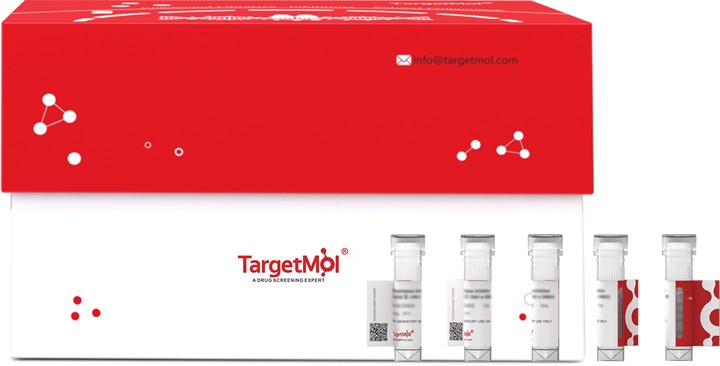Shopping Cart
Remove All Your shopping cart is currently empty
Your shopping cart is currently empty
Herpes simplex virus type 2 (HSV-2) is the predominant cause of genital ulcer disease in human. Glycoprotein E (gE) and glycoprotein I (gI) are expressed as a heterodimer on the surface of Herpes simplex virus (HSV). Glycoprotein E binds Fc domain of immunoglobulin G (IgG) and inhibits activities mediated by the IgG Fc domain, contributing to immune evasion by HSV.

| Pack Size | Price | USA Warehouse | Global Warehouse | Quantity |
|---|---|---|---|---|
| 5 μg | $79 | 7-10 days | 7-10 days | |
| 10 μg | $129 | 7-10 days | 7-10 days | |
| 20 μg | $208 | 7-10 days | 7-10 days | |
| 50 μg | $419 | 7-10 days | 7-10 days | |
| 100 μg | $812 | 7-10 days | 7-10 days |
| Biological Activity | Activity testing is in progress. It is theoretically active, but we cannot guarantee it. If you require protein activity, we recommend choosing the eukaryotic expression version first. |
| Description | Herpes simplex virus type 2 (HSV-2) is the predominant cause of genital ulcer disease in human. Glycoprotein E (gE) and glycoprotein I (gI) are expressed as a heterodimer on the surface of Herpes simplex virus (HSV). Glycoprotein E binds Fc domain of immunoglobulin G (IgG) and inhibits activities mediated by the IgG Fc domain, contributing to immune evasion by HSV. |
| Species | HSV2 |
| Expression System | Baculovirus Insect Cells |
| Tag | C-His |
| Accession Number | P89475 |
| Construction | A DNA sequence encoding the HSV 2 ((strain HG52) (HSV2)) gE/glycoprotein E (translated amino acids of P89475) (Met1-Arg414) was expressed with a polyhistidine tag at the C-terminus. Predicted N terminal: Ala 21 |
| Protein Purity | ≥ 90 % as determined by SDS-PAGE. |
| Molecular Weight | 44.53 kDa (predicted); 49.31 kDa (reducing conditions) |
| Endotoxin | < 1.0 EU/μg of the protein as determined by the LAL method. |
| Formulation | Lyophilized from a solution filtered through a 0.22 μm filter, containing 20 mM Tris, 250 mM Nacl, 10% glycerol, pH 8.0.Typically, a mixture containing 5% to 8% trehalose, mannitol, and 0.01% Tween 80 is incorporated as a protective agent before lyophilization. |
| Reconstitution | A Certificate of Analysis (CoA) containing reconstitution instructions is included with the products. Please refer to the CoA for detailed information. |
| Stability & Storage | It is recommended to store recombinant proteins at -20°C to -80°C for future use. Lyophilized powders can be stably stored for over 12 months, while liquid products can be stored for 6-12 months at -80°C. For reconstituted protein solutions, the solution can be stored at -20°C to -80°C for at least 3 months. Please avoid multiple freeze-thaw cycles and store products in aliquots. |
| Shipping | In general, Lyophilized powders are shipping with blue ice. |
| Research Background | Herpes simplex virus type 2 (HSV-2) is the predominant cause of genital ulcer disease in human. Glycoprotein E (gE) and glycoprotein I (gI) are expressed as a heterodimer on the surface of Herpes simplex virus (HSV). Glycoprotein E binds Fc domain of immunoglobulin G (IgG) and inhibits activities mediated by the IgG Fc domain, contributing to immune evasion by HSV. |
| Size | Quantity | Unit Price | Amount | Operation |
|---|

Copyright © 2015-2025 TargetMol Chemicals Inc. All Rights Reserved.